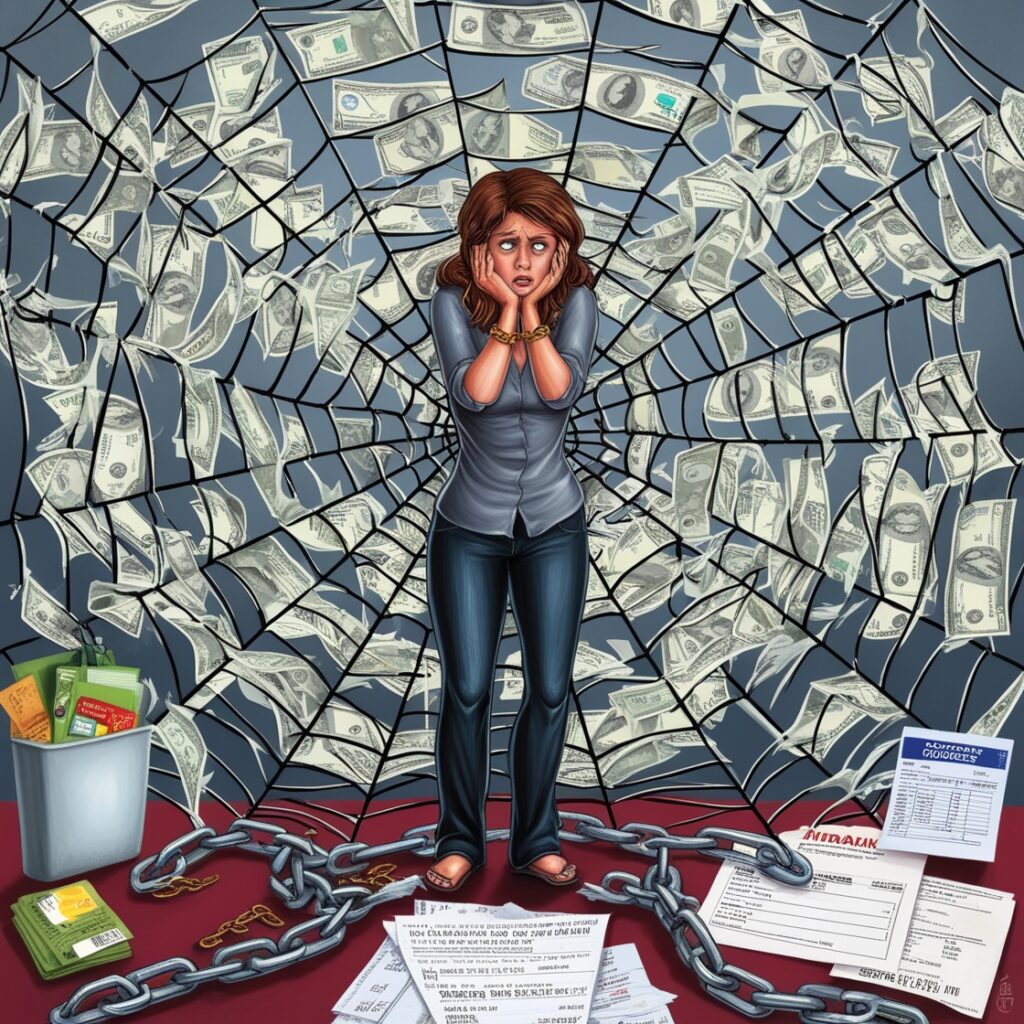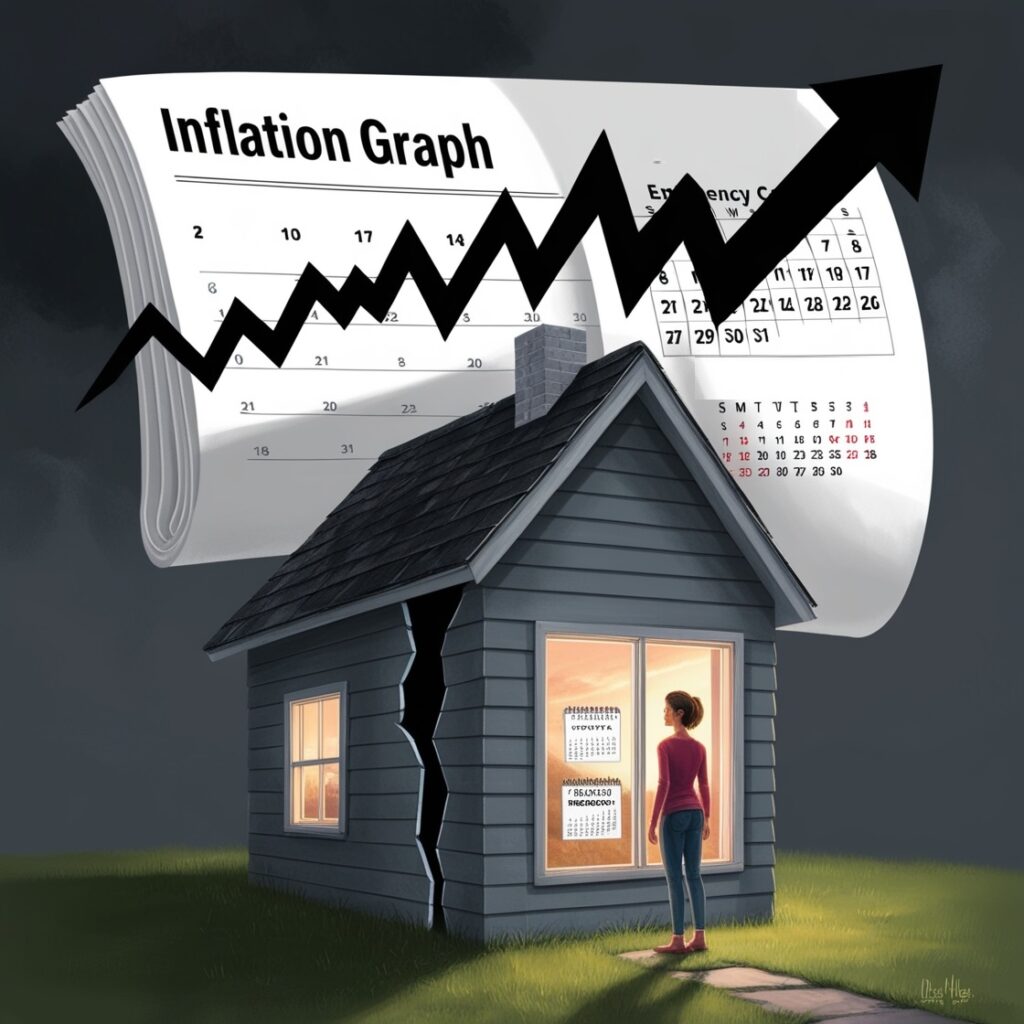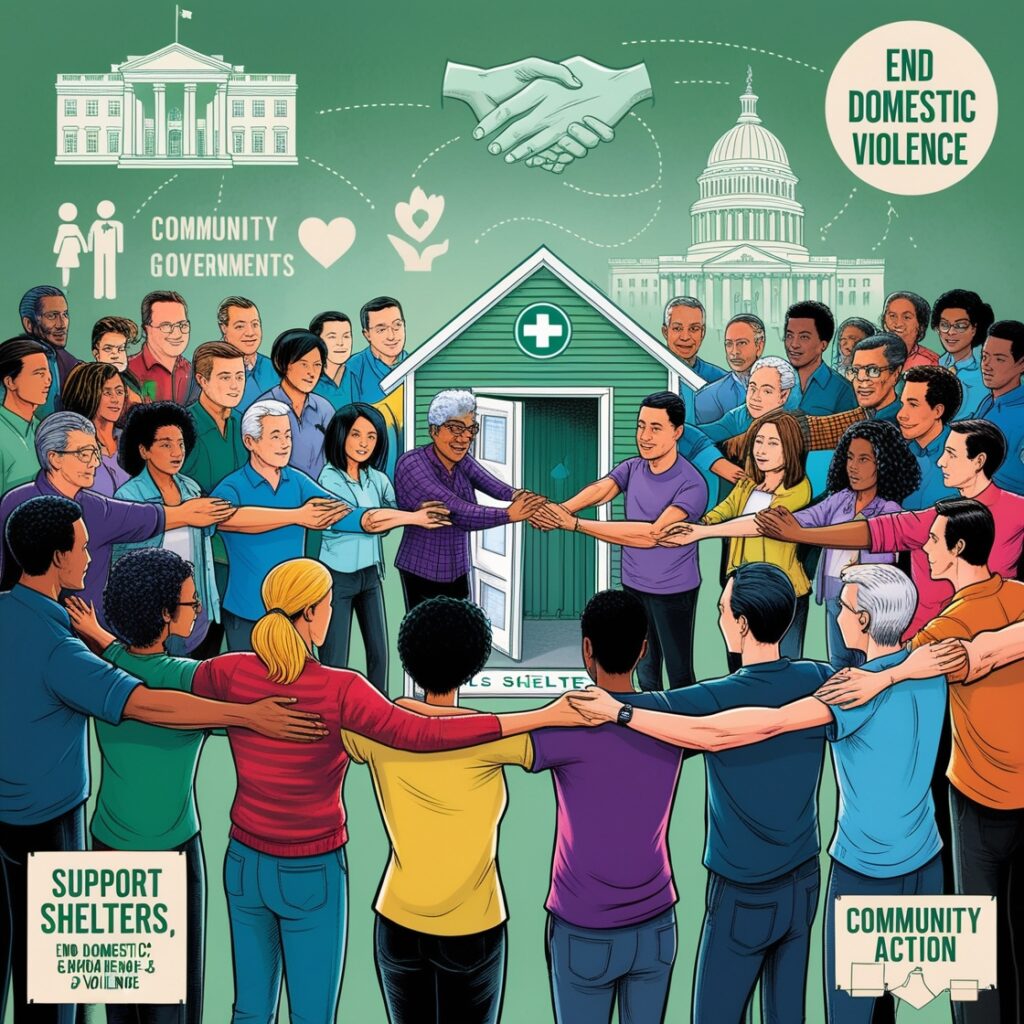
The Hidden Cost of Inflation: How Economic Changes Fuel Domestic Violence in Canada
In the corridors of Canadian homes, an invisible storm brews. While inflation and economic downturns make headlines for their impact on markets, jobs, and the cost of living, there is a quieter yet more devastating consequence—an alarming rise in domestic violence. As the price of bread and gas soars, so too does the cost of safety for many women and children trapped in abusive households. This isn’t just an abstract idea; it’s a reality reflected in shelters, police reports, and crisis centers nationwide.
The Economic Web: A Trap for Domestic Abuse Victims

In Canada, inflation rates have been rising sharply, hitting a 30-year high recently, causing a domino effect on everything from groceries to housing costs. For many victims of domestic violence, economic instability is a double-edged sword. Financial abuse, a prevalent but less-discussed form of domestic violence, sees abusers wielding control over their partners’ finances—restricting access to money, sabotaging employment, or coercing them into debt. As inflation bites harder, the financial grip of abusers tightens, leaving victims with fewer options to escape.
Financial abuse, often cloaked in secrecy, emerges starkly in times of economic hardship. In Canada, economic abuse accounts for 99% of domestic violence cases involving women. This figure is not just a number but a stark reminder that the financial control exerted by abusers can extend to threatening credit, sabotaging job opportunities, or controlling all the money that comes into the household. According to the Canadian Women’s Foundation, during periods of economic decline, cases of financial abuse spike, and women find themselves with fewer resources to break free.
Rising Prices, Rising Risk: The Connection Between Inflation and Domestic Violence

During economic downturns, there is a well-documented rise in domestic violence cases. The 2008 financial crisis, for instance, saw a 40% increase in reports of domestic violence globally, and Canada was no exception. With the COVID-19 pandemic and its lingering economic aftershocks, shelters and support lines across Canada report similar increases.
A study from the University of Calgary highlighted that in 2023, calls to domestic violence hotlines in Canada increased by 20% compared to the previous year, correlating directly with spikes in unemployment and inflation rates. Economic stress can trigger or exacerbate abusive behaviors, turning financial stress into physical violence. When families face job losses, eviction, or food insecurity, the home—ideally a sanctuary—becomes a battleground.
Breaking the Cycle: The Urgent Need for Financial Empowerment
One of the key strategies to combat domestic violence amid economic uncertainty is financial empowerment for victims. Financial independence is often the linchpin that allows a woman to escape an abusive relationship. Without financial resources, many victims remain trapped, fearing the loss of a home, stability, or their children’s future.
Programs like those offered by the Thompson Crisis Centre in Manitoba are crucial. They provide not just a temporary refuge, but also long-term solutions like financial literacy courses, job training, and access to community resources. For many women, learning to balance a checkbook, navigate credit, or even understand the concept of a mortgage for the first time can be the first steps toward freedom.
The Way Forward: Community Support and Government Intervention

The path to change lies in broad, systemic intervention. Local communities must rally to support shelters and crisis centers, especially during periods of economic downturn when demand for their services skyrockets. According to experts, community donations to shelters in Canada have declined by nearly 15% amid inflation concerns, even as the need for these services has increased dramatically. Reversing this trend is vital.
Government intervention also plays a crucial role. Policy changes, such as increasing funding for shelters and legal support services, can provide a lifeline. For instance, in British Columbia, a 2024 initiative increased provincial funding for domestic violence services by 25%, significantly expanding the capacity of local shelters and support networks. Other provinces would do well to follow suit, particularly in regions where economic hardship has hit hardest.
Beyond the Numbers: Inflation’s Hidden Victims Deserve a Voice
The intersection of economic hardship and domestic violence is not just a theoretical discussion but a pressing reality affecting countless lives across Canada. As inflation continues to rise, so does the urgency of addressing the invisible toll it takes on the most vulnerable. To make a real impact, we must look beyond the numbers, recognize the human stories behind them, and rally as a society to provide the necessary resources and support.





